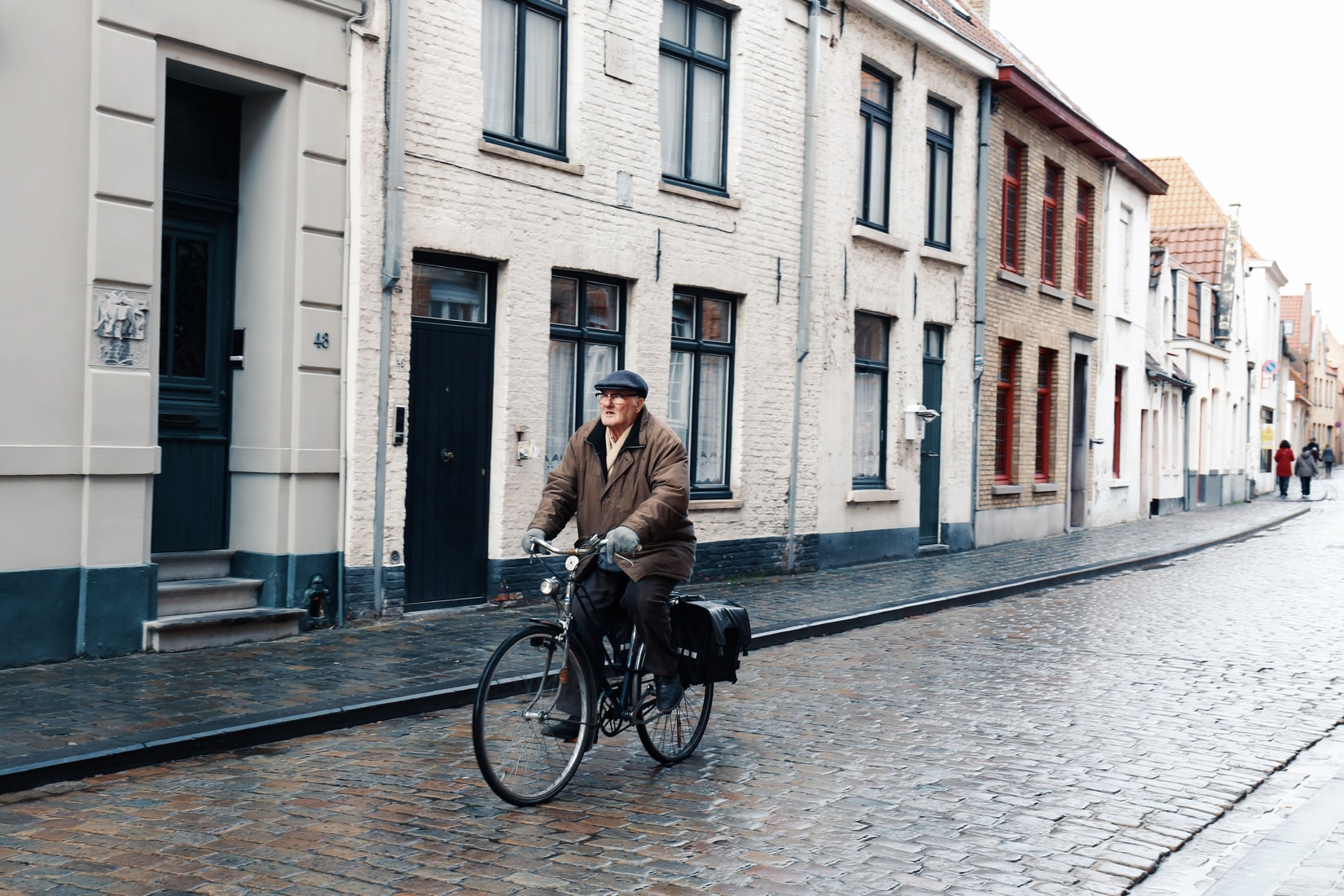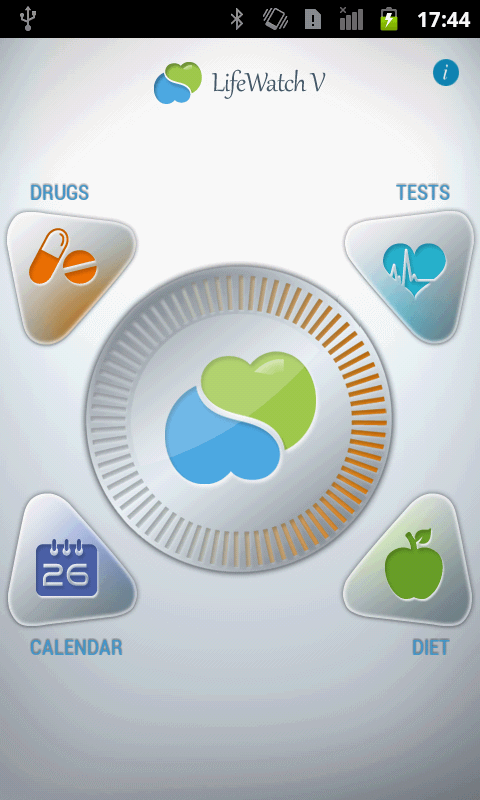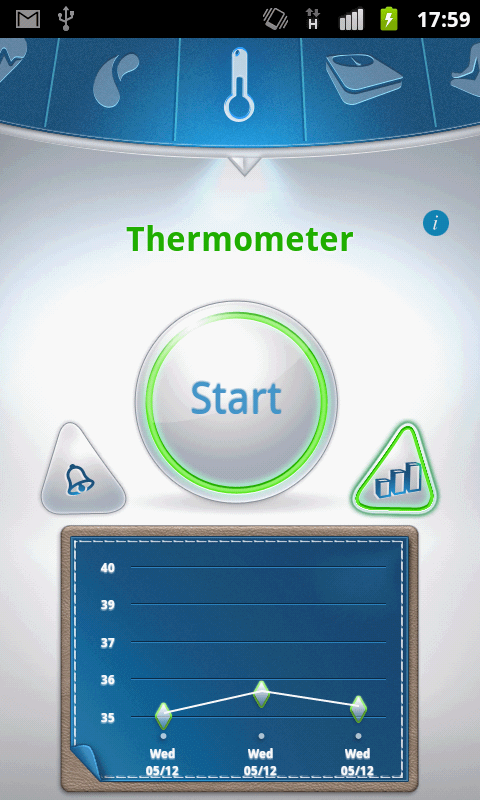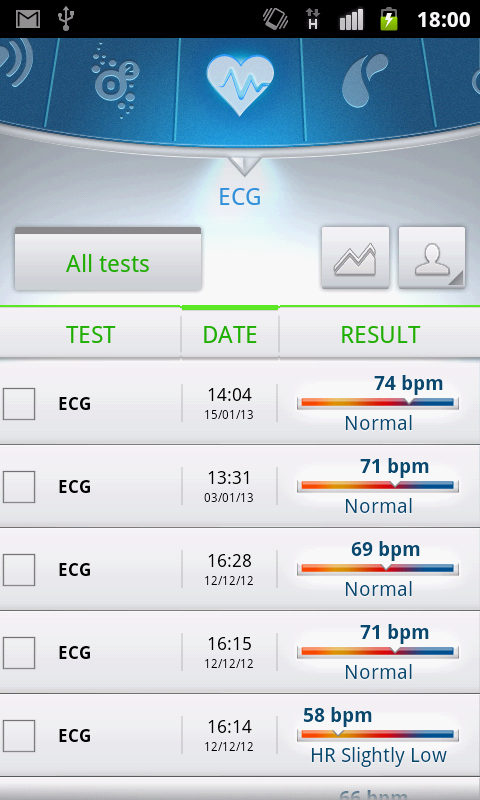
A comprehensive mobile application for a dedicated Android OS-based device with smartphone functions with integrated sensors (LIfeWatch V) that monitor your health. The mobile device consists of a specialised hardware module.
The project customer is a German company. Our team faced the task of developing an application for specialized devices based on Android OS with the functions and form factor of a smartphone. A life support software and hardware complex, widely used in EU clinics, was installed in the customer organization. The project was implemented in 2011.
1. Integration with the main software and hardware system;
2. Visualization of diagnostic results;
3. Development of support functions;
4. Building an effective User-System interaction scheme;
1. Escort during patient treatment involved prompt acquisition of data on human physical activity, during periods of non-availability of medical personnel in close vicinity to the patient.. In order to solve this problem, we have set the mode of synchronization with the main hardware complex regardless of whether the device is available to other users for communication or not. Besides, all information during treatment had to be preserved in order to subsequently have a history of treatment. We set up automatic synchronization with the main hardware complex of the hospital, where the main part of information was stored.
2. The device for which our company was developing the application already had built-in sensors. These sensors provided data for seven medical indicators: pulse, ECG, blood glucose level, thermometer, stress level, blood oxygen saturation, and even blood fat percentage. The most difficult and interesting stage of work for us was correct display of diagnostic results and subsequent transfer of this data. Our company has developed a specialized UI-framework and animations in order to solve this problem.
3. The user profile should become a part of the patient personal medical electronic record. Taking into account the initial request from the customer, we offered the following set of additional functions: patient calendar, patient profiles (multiuser mode), collection and storage of collected patient information, notification support, online and offline support. In our view, such a set of functionality allowed to solve the task as clearly as possible, and at the same time not to complicate the application architecture itself.
4. The issue of patient-doctor communication was resolved by setting up PUSH-notifications sent with the necessary information - diagnostic results, drug dose adjustment, medication reminder or the need to take urgent action. Moreover, we have provided for the possibility to send PUSH-notification to close relatives of the patient in case of emergency situation (change of patient condition, need to visit doctor, etc.).



As a result of our work, we have developed an algorithm for remote health monitoring using the Life Monitor mobile application. This application has a simple animated design. The application is easy to use and suitable not only for young people, but also for older persons. Initially, our intention was to remotely follow the patient's state, however, in the process we came up with the idea that the tool can be used not only on the territory of the clinic but also outside. We believe that it might reduce the number of hospitalizations. Besides, the data collected as a result of diagnostics allow to carry out data processing and subsequent analysis to predict diseases and changes in the state of client health.
The main screen of application is the program menu, with four main tabs - calendar, medicines, diet and test. You get to the screen through going to the desired section. There are buttons to control and navigate to another part of the application on the side. The application operation process (line movement, shock fluctuations, thermometer level changes, etc.) is displayed directly at the center of the screen. All patient data is automatically recorded, besides, the patient can keep a diary dedicated to his condition himself. In case the patient notices any deviations, he can send their data to a specialist. Next, the doctor can respond online, send a message regarding adjustment of the medicine dose, or send a message to his relatives regarding urgent hospitalization.
1. Animation - implementation of complex animation under the conditions of limited processor and memory resources has required us to be creative, but...
2. PUSH-notifications
3. Synchronization



